The mine, as we know, is a time-honored figure for modes of knowledge acquisition, resonating in cliché expressions like “digging for information,” “extracting knowledge” and “excavating the text.” It crops up frequently in headers for research projects like Stanford University’s “Digging into the Enlightenment: Mapping the Republic of Letters.” As an episteme, mining and its material associations gained traction during the early modern period. From Leibniz in the Harz silver mines to the chemists in the Swedish Bureau of Mines, mining was synonymous with the extraction of knowledge from nature that gradually replaced Paracelsian neo-platonic mysticism with experiment. The frontispiece of Jeremias Drexel’s Aurifodina artium et scientiarum omnium excerpendi solertia (1641), which depicts a trajectory from iron-ore through the humanities and to the pen, provides a case in point. In Drexel’s formulation, Katrin Ettenhuber writes: “Books are mines of precious material, and the reader must excavate choice passages through dedicated labor.”1
A century later, “Section of a Mine,” illustrating Baron d’Holbach’s article “Mine” for the Encyclopédie, further draws out the analogy between mining and knowledge production, especially when placed in the context of the Encyclopédie’s “Map of the System of Human Knowledge,” which summarizes and orders its entire contents. As Holbach observes, “It is in the earth’s depths that nature devotes itself to the formation of mines, and despite this operation being among those most carefully hidden from view, the Naturalists never wavered in their efforts to flush out its secrets.” 2 With its sub-rosa roots, stem and branches, the image might also be read as a model of the brain. Cast as a terranean and cognitive substructure, it suggests a system of analogical relays among mining and memory, conscious surface and unconscious depth, brain chemistry and physical nature. Such slippages between conceptual and material associations in the language of mining arguably anticipate the metaphorics at work in slogans recently adopted by the extraction industry such as “data is the new oil.” What is underscored in this instance is not just the idea that data has displaced oil as the supremely valuable resource, but rather the subterranean or hidden aspect of data which must be extracted and refined, like oil, thus rendering “data-mining” the mode of production that best defines “mining” as an epochal episteme.
To gain perspective on the repurposing of mining as an episteme, one must recall Michel Foucault’s use of the figure of “archeology,” which evokes a discipline heuristically built up from techniques of mining, site excavation, sifted evidence and the analysis of physical remains, artifacts, civilizational castoffs and waste products (converted into substances of value). Featured in the subtitle of Les Mots et les Choses. Une archéologie des sciences humaines (1966) (The Order of Things: An Archeology of the Human Sciences) as well as L’Archéologie du savoir (1969), (The Archeology of Knowledge), Foucaldian “archeology,” some have argued, was an inconsistently delineated figure, yet presumably intentionally so. Julien Laroche, who did a systematic study of the term in Foucault’s oeuvre, acknowledges that Foucault himself traced its usage to Kant. 3 In response to a critical review by George Steiner of Les Mots et les Choses (in which Steiner had faulted Foucault for ignoring the archeological metaphor in Freud), Foucault reminds him that before Freud there was Kant, for whom archeology referred to “the history of what makes certain kinds of thought possible,” a paraphrase according to Laroche of Kant’s project (much closer to Foucault’s than Freud’s), for a philosophical history of philosophy, a history, that is, written on philosophy’s as opposed to history’s terms.4 Kant, in posing the question of the conditions of possibility of knowledge and possible experience, solicits Foucault’s recourse to the archeological metaphor as a heuristic capable of unsettling the subjection of man to regimes of the absolute concept (universality, necessity, obligation) and the transcendental subject. “Archeology,” in early Foucault, thus emerges as a fluid term for an object of study—“a positive unconscious of knowledge”—consisting of historically uneven yet coincident heterogeneities: rules, concepts, structures. In the forward to the English edition of The Order of Things Foucault avowed:
What I would like to do … is to review a positive unconscious of knowledge: a level that eludes the consciousness of the scientist and yet is part of scientific discourse… Unknown to themselves, the naturalists, economists, and grammarians employed the same rules to define the objects proper to their own study, to form their concepts, to build their theories. It is these rules of formation, which were never formulated in their own right, but are to be found only in widely differing theories, concepts, and objects of study, that I have tried to reveal, by isolating, as their specific locus, a level that I have called, somewhat arbitrarily perhaps, archeological.5
As a way of doing history, archeology involves a process of materialist scansion and assemblage that juxtaposes “positivities” and “empiricities” not typically classed together. What is archeologically recovered are myriad surface effects and discursive events, heterotopic spaces mapped relationally by “interstitial blanks.”6 As Foucault specifies further in the preface, “archeology” is a stand-in for causality, itself identified as the “embarrassing” problem of history. In place of causality, with its logic of propositions and explanatory progression, there will be descriptions of “the slow movements of ‘material civilization,’” of “unmoving histories.”7 Evidentiary material, like the document, will no longer be treated as “inert material”; instead, it will become itself the site of making and unmaking, a provisional composition of discursive materialities, themselves treated as positivities. Foucault’s strong argument for surface reading is laid out as follows:
Archeology tries to define not the thoughts, representations, images, themes, preoccupations that are concealed or revealed in discourses; but those discourses themselves, those discourses as practices obeying certain rules. It does not treat discourse as document, as a sign of something else, as an element that ought to be transparent, but whose unfortunate opacity must often be pierced if one is to reach at last the depth of the essential in the place in which it is held in reserve; it is concerned with discourse in its own volume, as a monument. It is not an interpretive discipline: it does not seek another, better-hidden discourse. It refuses to be “allegorical.”8
A longer list of what archeology is not ensues. It is not a producer of transitional narratives, of progressions or the distillation of doxa. It is not an ordering of material in accord “with the sovereign figure of the oeuvres,” shoring up the “authority of the creative subject.”9 Nor is it a labor of restoration, dedicated to bringing back “in all its purity, the distant, precarious, almost effaced light of the origin.” 10 It is, rather, a critical project aimed at constructing what he calls a “discourse-object” in the guise of a rewriting, something perhaps, on the order of what I have previously called a “translation with no original.” 11 As a wedge between the initial formulation and the sentence, or between the frequency of an incident and the statistical curve, archeology is that which records the irregularities in regulatory systems and their accepted hierarchies. Its politics, if it could be said to have politics, destabilizes normative structures by revealing, “at the root” (the expression is Foucault’s in relation to what he calls “the tree of derivation of a discourse”) those “governing statements” that define “observable structures and the field of possible objects.”12 Archeology comes into focus as a critical operation performed on history-making rather than as a process of excavation akin to mining. If there is a kind of mining figure to be distilled, it is associated with translation: the translation of “object-discourses” into modes of spatial articulations located outside axiomatic deductions, rational orders, “systematicities” and “chronological successions,” which is to say, within, as Foucault puts it, an “enunciative homogeneity that has its own temporal articulations.”13
Foucault’s “archeology of knowledge” carefully eschews analogies between mining and knowledge extraction, leaving us with a translation problem; one that involves transcoding “the positive unconscious of knowledge” into a metalanguage that embraces contradictions and spaces of dissension. “In relation to a history of ideas that attempts to melt contradictions in the semi-nocturnal unity of an overall figure or which attempts to transmute them into a general, abstract, uniform principle of interpretation or explanation, archeology describes the different spaces of dissension.”14 Somewhat paradoxically, for Foucault, it would seem, the excavation of material surfaces is brought out to disturb the surface of contemporaneity by exposing an unconscious of history, an unconscious that, instead of being buried deep below the surface of the conscious mind, is simply surface-mined, if you will. What results is a making-manifest of composite positivities that disbar hermeneutics or any act of interpretation from the standpoint of sovereign exteriority and an above-ground perspective.
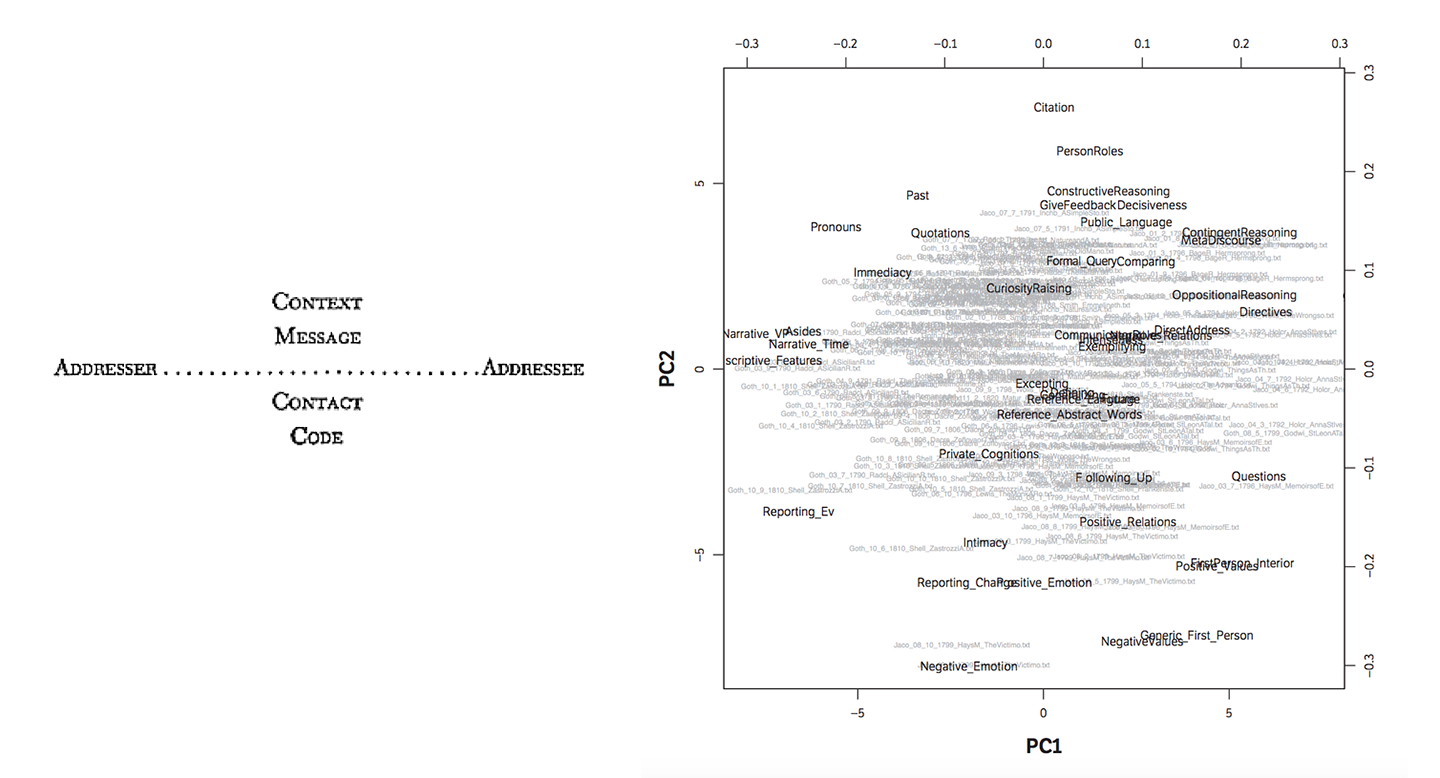

Metalanguage models as presented by Fredric Jameson in The Prison-House of Language (left) and the Stanford Literary Lab in Pamphlet #1: Quantitative Formalism: an Experiment (right).
If I have made a fairly extended detour into Foucault it is to underscore how, in his critical matrix, the language of knowledge-mining and archeological excavation yields to metaphors of surface that dissolve the object of knowledge in a field of materialities that are intermedially translated. This translational materialism moves between and mixes phenomenal and linguistic orders: physical traces, remnants of material culture, historical documents and discursive structures of description and epistemology.
Fredric Jameson’s 1972 classic The Prison-House of Language: A Critical Account of Structuralism and Russian Formalism like Foucault’s Archeology of Knowledge, complicates how we understand the material status of heuristic metaphors, from archeological to carceral ones. Where in Foucault we are still in the framework of “digging below the surface” to uncover data or knowledge, in Jameson’s work, the discursive metaphor of language as such is modeled as a material structure; a prison-wall to be traversed, an architectural building —the “prison-house”—that incites break-out. While Jameson’s appropriation of the “prison-house” metaphor from Nietzsche’s late notebooks that is often included in editions of The Will to Power looks to have been at best an overreading, and at worst a mistranslation, of “sprachlichen Zwange,” which is usually rendered simply “constraints of language,” his architectonic construct still allows us to transition from an archeology of knowledge to an ecology of language that provides the terms for thinking through ecologies of Big Data. Jameson treats structuralism’s “linguistic model” as, at once, the material ground of literary linguistic systems and as a metaphor for the epistemè, the so-called structure in Structuralism:
Nothing could be more fitting, one would think, than the application of linguistic methods to literature, itself essentially a linguistic structure. Yet the older stylistics, that of Spitzer and Auerbach, or more recently of J.-P. Richard, worked much more closely with the verbal texture of the work itself. We find ourselves ultimately before the conclusion that the attempt to see the literary work as a linguistic system is in reality the application of a metaphor.15
Here, Jameson attempts to retrieve the “verbal texture” of a work—its textile/tactile materialities—rescuing it, as it were, from the abstracted economy of “linguistic structure, and anticipating materialist approaches to “media genealogy” of the kind one discerns in Bernhard Siegert’s Cultural Techniques (2015).16 While Jameson does not deal directly in The Prison-House of Language with the impact of research technology on the humanities, with Thomas Kuhn’s “structure of scientific revolutions” clearly in mind, he presciently heralds the computer as the next great paradigm-shifter. He opens Prison-House with an apodictic pronouncement: “The history of thought is the history of its models. Classical mechanics, the organism, natural selection, the atomic nucleus or electronic field, the computer: such are some of the objects or systems which, first used to organize our understanding of the natural world, have then been called upon to illuminate human reality.” For Jameson, the model is something that “lives” with a certain life cycle. In its early years, it achieves stability “serving as a medium through which a new view of the universe may be obtained and catalogued.” Later, however, the model starts to decline and
a proportionately greater amount of time has to be spent in readjusting the model itself, in bringing it back into line with its object of study. Now research tends to become theoretical rather than practical, and to turn back upon its own presuppositions (the structure of the model itself), finding itself vexed by the false problems and dilemmas into which the inadequacy of the model seems increasingly to lead it. One thinks, for example, of the ether or of collective consciousness.17
The model of structural linguistics served as a medium through which a new view of the literary universe was obtained and catalogued. Its historical sweep through other disciplines and usurpation of the place of philology and stylistics in literary theory brings us back to that earlier cited passage in which Jameson hones in on the “metaphoricity” of the linguistic paradigm in structuralist theory and literary criticism. Jameson’s attunement to the material status of epistemic metaphors and heuristics serves as a prompt to pay comparable attention to mining metaphors in contemporary parlance. To what extent then is the language of data-mining, with its glossaries borrowed from the extractive industries, metaphorical? To what extent have “data” or “mining,” or the two words hyphenated, come to occupy the same position “language” did at the height of the linguistic turn? Is “data-mining” itself the language that the digital humanities speaks, and if so, what is its relation to algorithmic code (continuous with, parasitic on, mimetic of)? How does code inscribe a numerological unconscious, or monolingual drive within the language of research?
Any attempt to answer these questions on my part will not entail evaluating technologies of machine translation, which is well beyond my competence. Nor will I pretend to take stock of how machine translation is changing the cultural and political landscape of translation, either with respect to written documents (especially in the fields of international law and human rights) or oral communication in real time and real-life situations, from warzones to tourism and web-based finance capitalism. Instead, following Jameson’s analysis of the “linguistic model” in the era of Structuralism, I will focus on “data-mining” as the premier model of the moment, approaching it first as a technology that enables plurilingual research, second as a praxis that reinforces the drive to monolingualism in the humanities (with particular consequences for comparative literature and the teaching of world languages and literatures), and third as a kind of invisible translation, a translation on the surface of language; hiding, as it were, in plain sight, yet curiously unremarked as such. I am thinking here specifically about the way “data-mining” translates or remediates the language of materialist ecology and business-based “best practices” without ever being recognized as translation. Mario Carpo makes a relevant observation about the expression “Big Data”: “Big Data is a cultural trope more than a technical term. Yet the expression originally referred simply to our technical capacity to collect, store, and process increasing amounts of data at decreasing costs, and this original meaning still stands, regardless of hype, media improprieties, or semasiological confusion.”18 Carpo presses on the ambiguous relation of a cultural trope to a technical term. Following suit, I want to press on the ambiguous relation of a trope of materialism—industrial ecology—to lexical research and translation theory.
Contemporary translation in an era of digital humanities aspires to all-over, maximal worlds of translation; graphic adventures in transmedial or hypertextual translation, unfinished philological symphonies, or spinoffs of textual génétique where, instead of arriving at the “final version,” the published or officially disseminated text becomes a panoply of variantes that reach no terminus, approximating instead the continuously self-differentiating process-work tasked with a non-totalizable project. Prismatic translation, in these terms, reconciles translatio with Big Data, with data-mining programs built up from lexical search-engines that allow for comparisons among past translations, mistranslations, and hypothetical translations.19 It implies a kind of “possible worlds” theory of translation that, by technically “showing the math” of translational decisionism, allows us to “think in translation” and “see” the process philosophy of the verb “to translate.” One could object that this prismatics retains something prison-like because it submits data-users to the infrastructural colossus of exponentiated research software and the epistemological absolutism of logiciel, but that would be the subject of a different, and much longer meditation.
Translational data, treated as nondelimited corpora organized around keywords and textual variants, lends itself to data analytics and experiments with the graphics of hermeneutic modeling. Take, for instance, what a model of metalanguage looked like in 1972, in Jameson’s Prison-House of Language, and compare it to what its data-mined counterpart looks like in Pamphlet #1: Quantitative Formalism: An Experiment from Franco Moretti et al. at the Stanford Literary Lab, which used the computer program “Docuscope” to test “whether computer-generated algorithms could ‘recognize’ literary genres.”20 In his own contribution to the pamphlet, Moretti replaces the hermeneutics of reading with the “operationalization” of literary information, naming it the “hero” of a grandiose research enterprise, “a bridge from concepts to measurement and then to the world.” Characters, in this system, turn into calculable units that form data-sets that may be instrumentalized in literary research, transforming, for Moretti, the substance and stakes of literary theory. In the process, there is a surreptitious transfer of properties, whereby a general metaphor of computational instrumental reason is transubstantiated, thereby turning literary character into pure instrument, an incarnation of utensility:
The protagonist is a utensil; character-space, is an instrument. The protagonist is a utensil because it belongs to the world of readerly common sense, and doesn’t go beyond it. Character-space is an instrument, because it’s the realization of a theory that wants to understand something “that does not fall under the domain of our senses”: instead of individual characters, the relations among characters. That’s why, in the end, its operationalization produced more than the refinement of already-existing knowledge: not the protagonist, improved, but an altogether new set of categories. Measurement as a challenge to literary theory, one could say, echoing a famous essay by Hans Robert Jauss. This is not what I expected from the encounter of computation and criticism; I assumed, like so many others, that the new approach would change the history, rather than the theory of literature; and, ultimately, that may still be the case. But as the logic of research has brought us face to face with conceptual issues, they should openly become the task of the day, countering the pervasive clichés on the simple-minded positivism of digital humanities. Computation has theoretical consequences—possibly, more than any other field of literary study. The time has come, to make them explicit.21
Moretti’s application of data-mining to narrative units within literary history has tended to produce interesting “atlases” of genre and canon evolution, but delivers far less satisfactorily on textual analysis. Another model of “critical digital” is Peter de Bolla’s The Architecture of Concepts: The Historical Formation of Human Rights (2013) which activates cross-Channel (mis)translations of “right” and droit in its exposition of political theory, bringing out differends and areas of the untranslatable in constructs like “rights of man” and “human rights.” The book experiments with combining traditional philology and digital methodology. As Christopher Prendergast notes, the positive gains in scalar knowledge are incontestable: “Scanning short to very long sequences of text embedded in a huge corpus of digitized textual material, this is a form of inquiry which moves on from the history of concepts as a history of ‘meanings’ based on dictionary definitions, to the fleshing out of ‘environments’ in which the formation, structure and function of concepts … are mapped in terms of ‘neighborhood’ relations on a hitherto unimaginable scale.”22
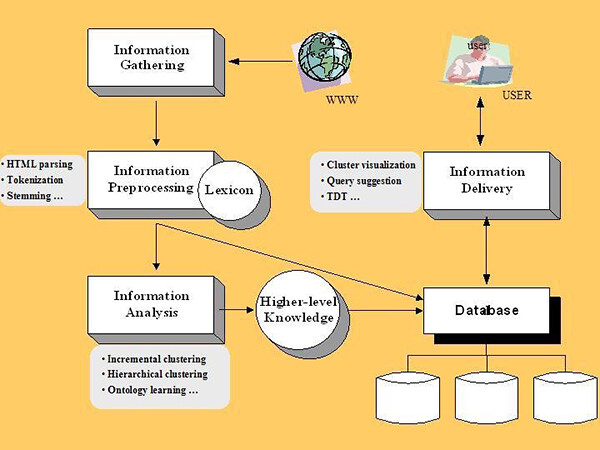

Schemata for data-mining languages
Before waxing too euphoric about what data-mined research across languages can do, let us note that this plurilingual method is fundamentally contravened by the lingua franca of data-mining itself, called out by Barbara Cassin as “Globish”: a standardized, impoverished form of English that undermines the entropic freedom of “philosophizing in languages” and revalidates linguistic universalism and univocity by virtue of its default to algorithmic code. Globish and code fall under what Johanna Drucker, in her influential essay “Humanistic Theory and Digital Scholarship,” dubs “technological restraints”: “Humanities content met digital methods and created projects in which the terms of production were, necessarily, set by technological restraints.”23 These constraints apply not just to research objects bounded by technics, but also to epistemes governed by outcome-driven analytics and trash disposal systems. By way of example, consider a schemata for data-mining languages in which the unit “Lexicon” is merged with the unit “Information Preprocessing” and reunitized as “HTML parsing, Tokenization, Stemming” and “Higher-level Knowledge,” and then moved into a global “Database” that dumps it into bins bearing a distinct resemblance to trash-bins.
In deferring to streamlined forms of English—from Business or Basic English to internet-inflected forms of Globish—data-mining promulgates a presumptive stance against translation. Plurilingualism is de facto taken off the table because its utility is minimal or task-specific in limited ways. The logic of cultural understanding, often invoked to support translational pedagogies, can easily be dismissed as fuzzy or uncongenial to transcoding or other communication technologies. A second, related problem is that with the adoption of digital methods of research, one sees the mission creep of organization and management into the heuristics of a value-added humanities education, with consequences for what kinds of research get funded or receive broad institutional support. Check any glossary of data-mining or digital research corporate website, and one immediately discerns that the basic terms are impossible to disintricate from normative standards of optimization and customer service.24 One might note, in particular, “Binning” referring to the process of breaking up continuous values into bins that performs a service to processing. Or “Brute Force Algorithm,” a computationally cheap though inefficient way of achieving value-added results. It is difficult to determine how much of this language is referentially material and how much is metaphor for an economy of optimal production and managed waste. All of which, I would say, contributes to the commercialization of knowledge projects, to the drift towards the formal requisites and use values of product, which leads back to the problem that I began with: the complex and as yet, relatively under-examined relationship between the language of mining and the extractive industries (oil, gas, minerals).
Mining, as was previously underscored, is an old epistemic figure associated with exploratory research, subterranean metaphorics of interpretation and modes of symptomatic reading, evident in expressions like “digging beneath the surface,” “dredging up what’s hidden below,” “mining” the text for meaning, “extracting” what is important, translating from an originary “source” into a target. But when coupled with the word “data,” mining inches closer to industrial referents, to things like “data refineries” which, when diagrammed, become part of what Jennifer Wenzel has called an “extractive aesthetic” (a design or poesis of product, an abstract representation of processes for transforming waste or base material).”25 It is surely no random coincidence that the diagram of a data refinery exhibits a formal resemblance to a petroleum refinery! Implicit here is a certain commensurability between knowledge computation and environmentally destructive practices; specifically the removal of material—rock, topsoil—that stands in the way of minable resources (ore, coal, petroleum). The industry term for this is “overburden.” While it technically and more narrowly refers to non-toxic byproducts—earth stockpiles that can be recycled to repair an exhausted site, as opposed to “tailings” which contain lethal contaminates and are non-reusable—overburden can be extended to a more general usage in reference to mining and extraction, and specifically to practices of clear-cutting, mountain-topping, fracking, and river-dredging. The lexicon of overburden represents a fascinating mode of translation, one that shuttles between material referents that index damaging environmental practices and metaphors for models of data management. Salient examples include: “data dredging” (referring to data sets deemed too small to draw valid statistical inferences from); “data-fracking,” (the use of hidden measures to extract data); “drilling down,” (associated with foraging “deep” within information systems in order to make determinations of sales impacts, customer satisfaction and corporate profit); “data exhaust” (designating information byproduct, i.e. storable choices, actions and preferences often repackaged and resold); and the glosseme “CART” (“Classification and Regression Trees,” defined as a “type of decision tree algorithm that automates the pruning process through cross validation and other techniques.”) CART illustrates the normative wobble between anodyne senses of “pruning” (a favored figure of speech for textual editing) and clear-cutting, a method of logging that strips out topsoil, contributing to deforestation and climate change.
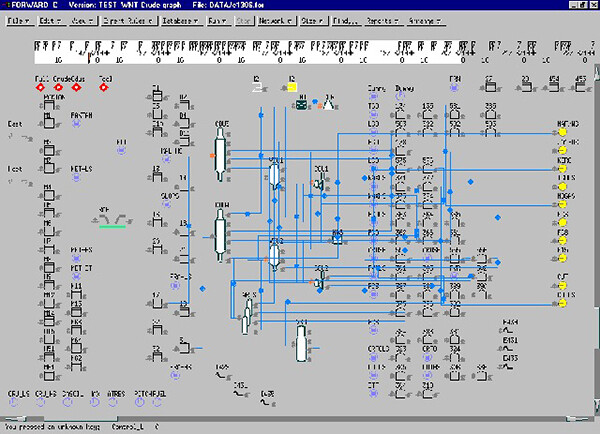

Data refinery diagram
Such slippages take us back to the ecopolitical metalanguage found in Jameson’s Prison-House of Language where he describes the Structuralist project of decoding and decipherment as “geological upheaval.” Jameson borrows the metaphor from Claude Lévi-Strauss, who, in Tristes Tropiques, interpreted the “arid soil” and “millenary stagnation” in his native Languedoc region as both brute material sign and “maître-sens” of structuralist decoding. Interpreted as “surface translation”—a translation of what is lying on the surface but which is neither being perceived nor understood—the lexicon of data-mining discloses potential damage wreaked by the unsafe disposal of overburden.
We might, through this lens, think of whole areas of vital research and critical inquiry—languages, the humanities as such—becoming classifiable as “overburden.” This is of course an over-reading of the term, but what I want to underscore is that the digital languages that Information Research Technology speak are based on the abstraction of extraction, itself grounded in a language of branding and digital communications, a “patois of managementese” (to borrow Keller Easterling’s apt description).26 Data-mining, considered as a language that commingles ecologies of resource harvesting and the abstract computational modeling of data “environments” takes us beyond the limit/constraint (Zwang) of a critique of corporate monolingualism and towards the problem of “translating” materialities in digital ecology. How does one translate “overburden” as humanities waste, identified, as Jennifer Wenzel implies, either as toxic residue (“perfectly good stuff that just happens to be in the way”) or “a way of understanding the costs of a resource logic taken to its furthest conclusion?”27 One might repurpose “overburden” as a concept-metaphor of the moment, broadly referring to the effects of the industrialization of linguistic product in the era of digital technology, as well as to the materialities of language that are economized as disposable, yet which nonetheless persist as leftover material, defying operationalized subsumption.
Here is where the politics of ecopoesis comes in. By way of conclusion, I will consider a poem titled “Bulldozer” delivered in Perth, Australia by the Australian writer John Kinsella. A video of Kinsella reading the poem situates the text at a protest action organized against the Perth-Freight Link, which is designed to take trucks via a toll road to the Fremantle Inner Harbor. The road will cut a damaging swath through the Beeliar wetlands (among the last in the south metropolitan region) and Banksia woodlands, both considered ecological stepping stones for multiple rare species. Moreover, diesel pollution generated by the trucks is known to have health-damaging consequences that include an increase in cancer, asthma and other breathing-related diseases. Kinsella and fellow protesters have set up camp on the Roe 8 highway site in Perth.
Bulldozers rend flesh. Bulldozers make devils
of good people. Bulldozers are compelled to do
as they are told. Bulldozers grimace when theytear the earth’s skin — from earth they came.
Bulldozers are made by people who also want new
mobile phones to play games on, and to feed families.Bulldozers are observers of phenomena — decisions
are taken out of their hands. They are full of perceptions.
They will hear our pleas and struggle against their masters.Bulldozers slice & dice, bulldozers tenderise, bulldozers
reshape the sandpit, make grrrriiing noises, kids’ motorskills.
Bulldozers slice the snake in half so it chases its own tail,writing in front of its face. Bulldozers are vigorous
percussionists, sounding the snap and boom of hollows
caving in, feathers of the cockatoos a whisper in the roar.Bulldozers deny the existence of Aether, though they know
deep down in their pistons, deep in their levers, that all
is spheres and heavens and voices of ancestors worryat their peace. Bulldozers recognise final causes, and embrace
outcomes that put them out of work. There’s always more
scrub to delete, surely… surely? O continuous tracked tractor,O S and U blades, each to his orders, his skillset. Communal
as D9 Dozers (whose buckets uplift to asteroids waiting
to be quarried). O bulldozer! your history! O those Holt tractorsworking the paddocks, O the first slow tanks crushing
the battlefield. The interconnectedness of Being. Philosopher!
O your Makers — Cummings and Caterpillar — O great Catwe grew up in their thrall whether we knew it or not — playing
sports where the woodlands grew, where you rode in after
the great trees had been removed. You innovate and flatten.We must know your worldliness — working with companies
to make a world of endless horizons. It’s a team effort, excoriating
an eco-system. Not even you can tackle an old-growth tall tree alone.But we know your power, your pedigree, your sheer bloody
mindedness. Sorry, forgive us, we should keep this civil, O dozer!
In you is a cosmology — we have yelled the names of bandicootsand possums, of kangaroos and echidnas, of honeyeaters
and the day-sleeping tawny frogmouth you kill in its silence.
And now we stand before you, supplicant and yet resistant,asking you to hear us over your war-cry, over your work
ethic being played for all it’s worth. Hear us, hear me —
don’t laugh at our bathos, take us seriously, forgiveour inarticulateness, our scrabbling for words as you crush
us, the world as we know it, the hands that fed you, that made you.
Listen not to those officials who have taken advantageof their position, who have turned their offices to hate
the world and smile, kissing the tiny hands of babies
that you can barely hear as your engines roar with power.But you don’t see the exquisite colour of the world, bulldozer —
green is your irritant. We understand, bulldozer, we do —
it is fear that compels you, rippling through eternity,
embracing the inorganics of modernity.28
In the poem, the bulldozer is assigned object agency; it does real harm, relegating to the class of “overburden” the greenery that shields a fragile environment against fire and ill health. Throughout, bulldozers are personified as beings possessed of malevolent force, endowed with preternatural powers of perception and equipped with aesthetic capabilities as “percussionists,” music-makers of destructive soundtracks. Like data-mining programs these bulldozers are driven by economies of outcome. They execute programmatic commands like “scrub and delete,” a banal expression that here takes on sinister valences as a wordplay on scrubbing scrub-brush from the landscape or deleting the verdant refuge (“Green is your irritant”). When Kinsella lambastes the bulldozer, calling it out by name in a series of apostrophic imprecations—“O Cummings and Caterpillar,” “O great Cat”—we have a kind of translation of the thing—the engine of overburden—into a figure of ecopoesis. In this instance the bulldozer, cast as a tool of resource extraction, is repossessed as a metaphor of resistance against its own processes of destruction. It scorches the earth, a process encapsulated in the phrase “Excoriating the eco-system,” but this “excoriation” is a resource-word, recuperable as a talisman or countervailing force to defoliation. It becomes a way of “x-scoring”: scoring points against the government’s scorched earth policy of road-building in wetlands, and scoring a different song. This would be one that sings the praises, Whitman-like, of the “exquisite colors of the world” along with the names of the Beeliar region’s living creatures—bandicoots, possums, kangaroos, echidnas, and honeyeaters—while at the same time excoriating the “inorganics of modernity,” itself an epithet for overburden and the extractive economy.
Kinsella’s poem “translates” the violence of producing overburden (by bulldozers) by recovering the resources of translational materialism. It remains a challenge to define this materialism precisely, but surely that is just the point: we are in a period of translation theory in which the “matter” of translation is being rethought, both as surplus, as mined material, and as language; as language which is at once metaphoric and distinctly material insofar as it is indexed to modes of extraction, to the production of waste, environmental harm and industrial exploitation. In Kinsella’s ecopoetic idiom we find a form of translational materialism that counteracts the effects of what Michael Cronin in his recent book on “eco-translation” characterizes as an “unquenchable desire for data” accumulation that has very “tangible environmental impacts.” Such “maximalist” technologies, he maintains, favor the creation of “monolingual monocultures that are deeply inimical to the viability of resilient and diverse knowledge spaces.”29 Invoking the names of local flora and fauna, and summoning the material soundings of his own voice against the din and racket emitted by the bulldozer, Kinsella makes the poetic case, not unlike the one that was made at Standing Rock, for linguistic biodiversity and a politics of translation that refuses to consign the plethora of languages to the category of overburden.
Katrin Ettenhuber, Donne’s Augustine. Renaissance Cultures of Interpretation (Oxford: Oxford University Press, 2011), p. 63
“C’est dans les profondeurs de la terre que la nature s’occupe de la formation des mines; & quoique cette opération soit une de celles qu’elle cache le plus soigneusement à nos regards; les Naturalistes n’ont pas laissé de faire des efforts pour tâcher de surprendre quelques-uns de ses secrets.” Paul- Henri Thiry, Baron d’Holbach, article “Mine,” Encyclopédie, Vol.10, p.521.
Julien Laroche, “L’archéologie chez Michel Foucault,” Masters Thesis, University of Montreal, Quebec, 2013, ➝. Translations from this text are my own.
Michel Foucault, “Les monstruosités de la critique,” Dits et Ecrits I, (Paris: Gallimard, 2001), p. 1089. Foucault is responding to George Steiner’s review “The Mandarin of the Hour: Michel Foucault” in The New York Times Book Review, no. 8 (Feb. 28 1971): 23–31.
Michel Foucault, The Order of Things. An Archeology of the Human Sciences Trans. A,M. Sheridan (New York: Random House, 1970), xii.
Ibid., 218.
Michel Foucault, The Archeology of Knowledge and the Discourse on Language Trans. A.M. Sheridan Smith (New York: Pantheon Books, 1972), 3.
Ibid., 138–139.
Ibid., 139.
Ibid., 140.
Ibid., 140. See also Emily Apter, “Translation with No Original: Scandals of Textual Reproduction,” The Translation Zone: A New Comparative Literature (Princeton: Princeton University Press, 2006).
Ibid., Foucault (1972), 147.
Ibid., Foucault (1972), 148.
Ibid., Foucault (1972), 152.
Frederic Jameson, The Prison House of Language: A Critical Account of Structuralism and Russian Formalism (Princeton: Princeton University Press, 1972), p. viii.
Bernhard Siegert, Cultural Techniques: Grids, Filters, Doors, and Other Articulations of the Real (New York: Fordham University Press, 2015).
Ibid., Jameson (1972), v.
“Semasiological” is a term referring to cognitive semantics. See Mario Carpo “Big Data and the End of History,” Perspecta 48 (2015), p. 46.
For more information about “prismatic translation,” see Conference Brief, “Prismatic Translation,” St. Anne’s College, Oxford (Oct. 1-3, 2015), ➝.
See ➝.
Ibid.
Christopher Prendergast, “Pirouette on a Sixpence,” London Review of Books Vol. 37, No. 17 (10 September, 2015), ➝.
Joanna Drucker, “Humanistic Theory and Digital Scholarship,” Debates in the Digital Humanities (Minneapolis: University of Minnesota Press, 2012), p. 85.
See, for instance, ➝.
Jennifer Wenzel, “Afterword: Improvement and Overburden,” Postmodern Culture, 26.2 (January 2016), ➝.
Keller Easterling, Extrastatecraft. The Power of Infrastructure Space (London: Verso, 2014), p. 12.
Ibid., Wenzel.
John Kinsella, “Bulldozer” (2016). Reproduced here with kind permission of the poet.
Michael Cronin, Eco-Translation: Translation and Ecology in the Age of the Anthropocene (New York: Routlege, 2017), pp. Kindle version loc. 248 and 249. Cronin delves into what he means by data accumulation’s environmental impact in a section of the book devoted to the “damagingly real” environmental effects of virtual communication technologies. See in particular, locations 2354-2393, where, (building on McKenzie Wark’s articulation of the relations between medial infrastructure and extractionism in Molecular Red: Theory for the Anthropocene), Cronin enumerates multiple ways in which ICT manufacturing expends immense energy resources for information processing and relies on the mining of precious metals for the production of data-transmitting devices.
Accumulation is a project by e-flux Architecture and Daniel A. Barber produced in cooperation with the University of Technology Sydney (2023); the PhD Program in Architecture at the University of Pennsylvania Weitzman School of Design (2020); the Princeton School of Architecture (2018); and the Princeton Environmental Institute at Princeton University, the Speculative Life Lab at the Milieux Institute, Concordia University Montréal (2017).
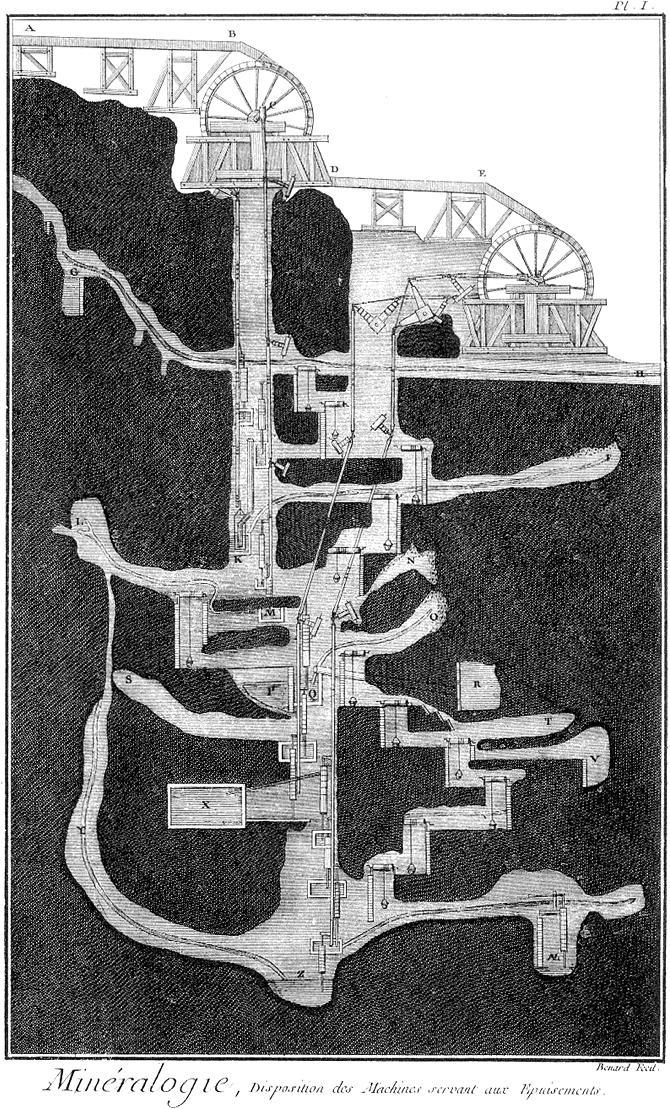

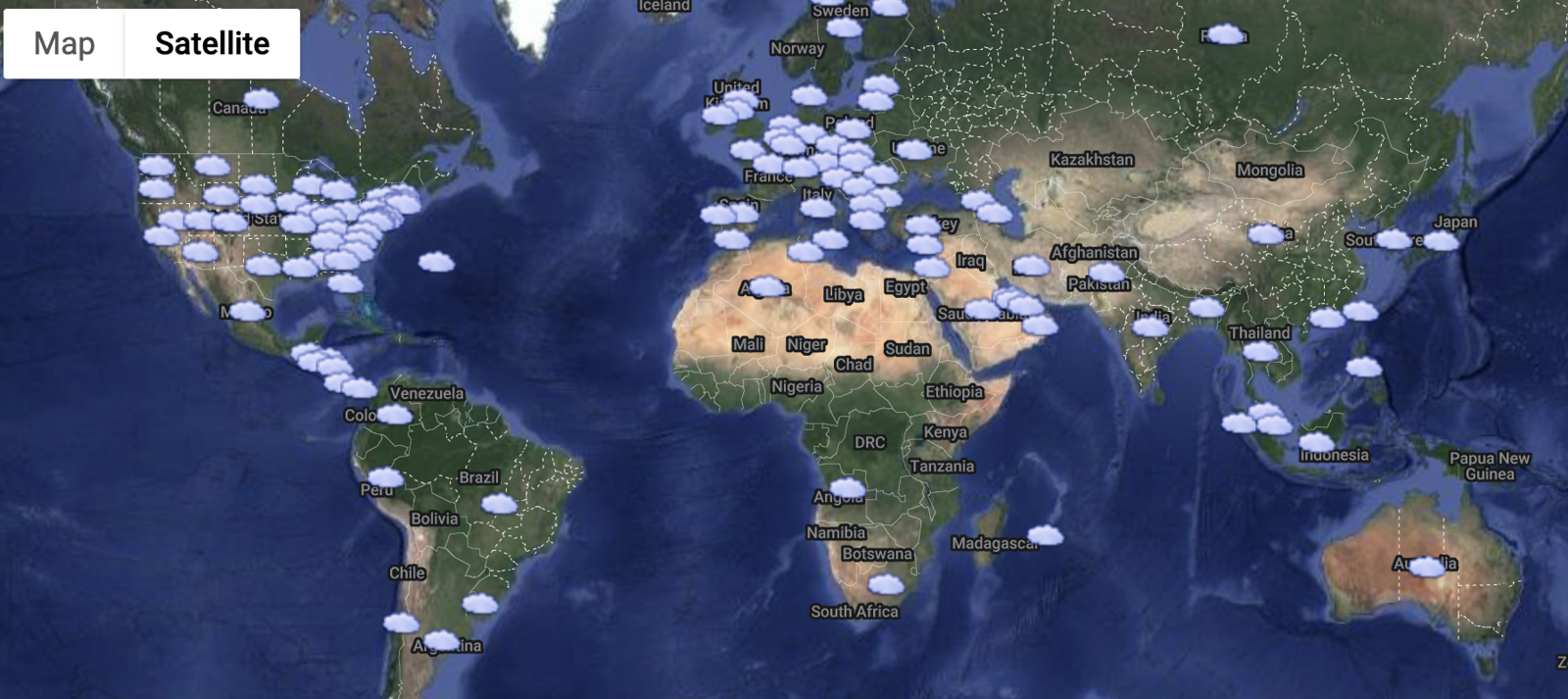



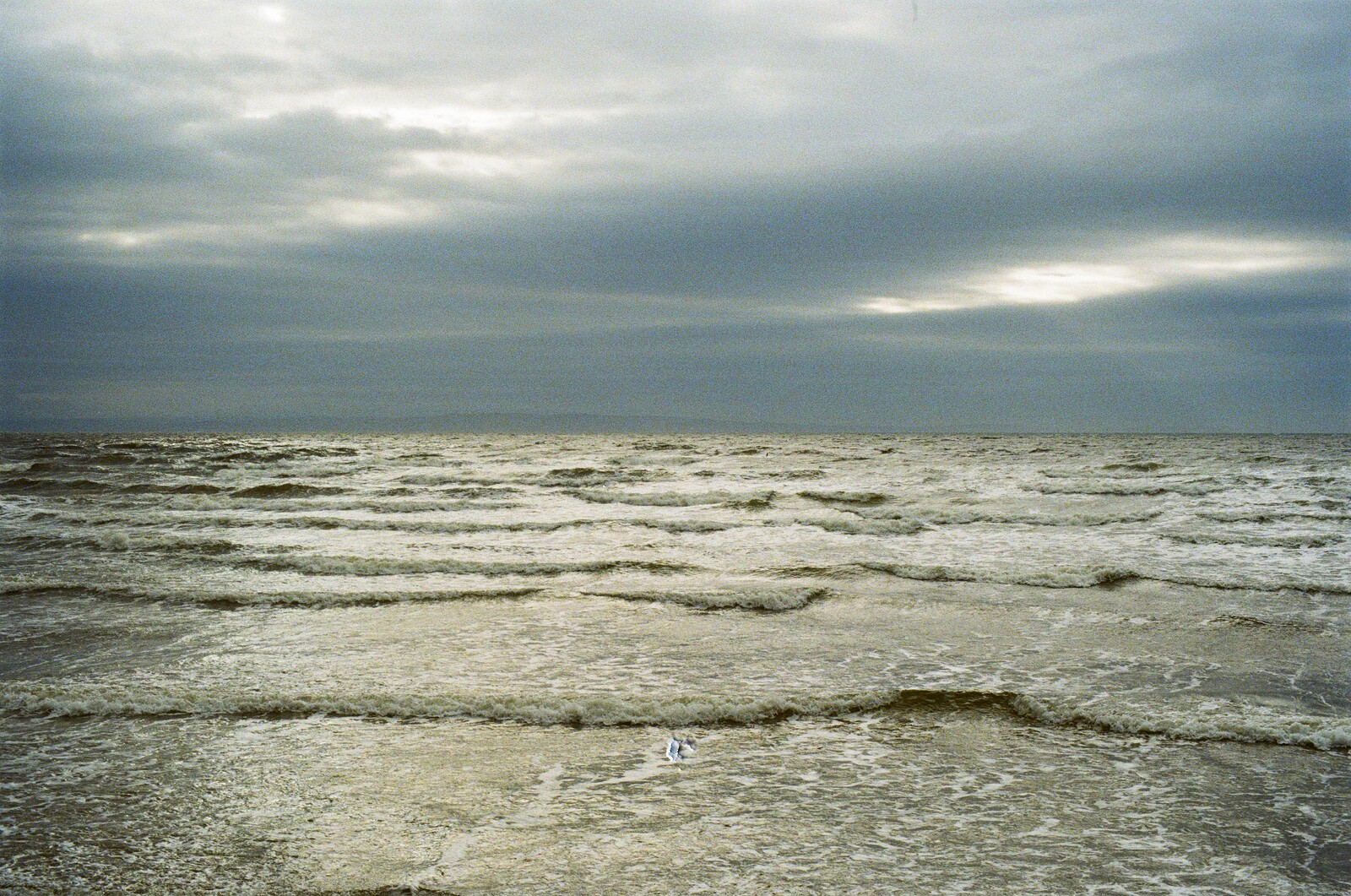
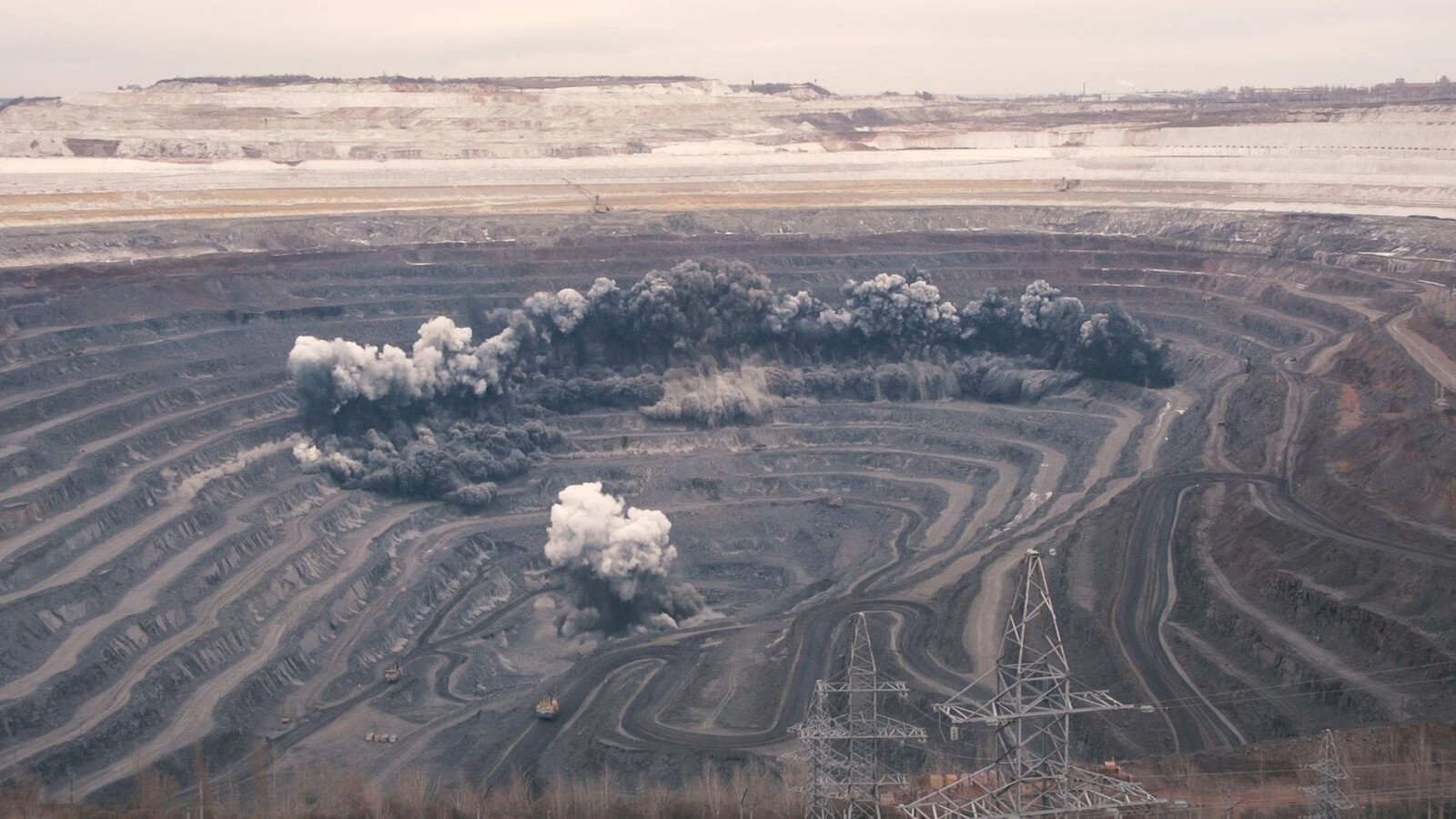
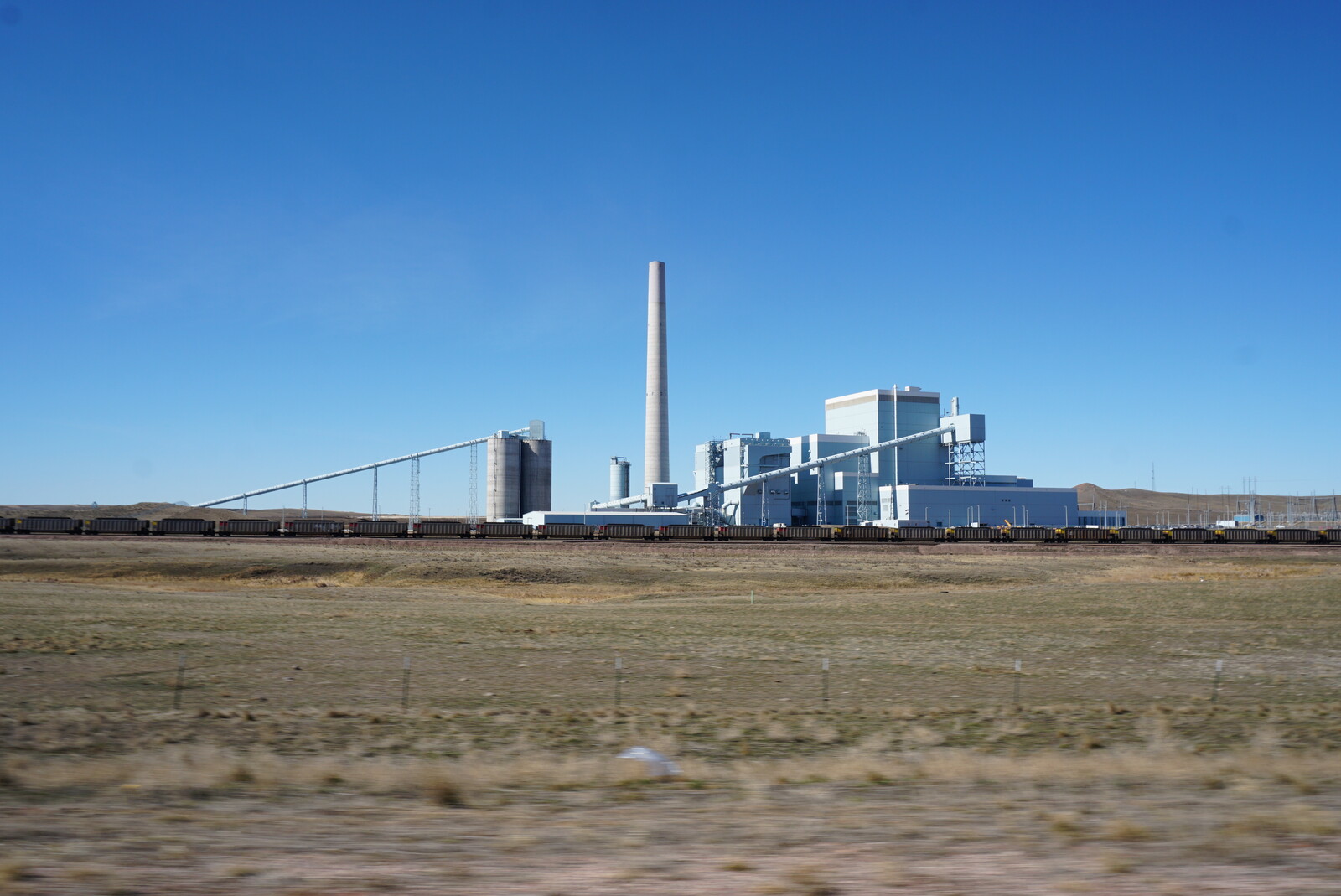

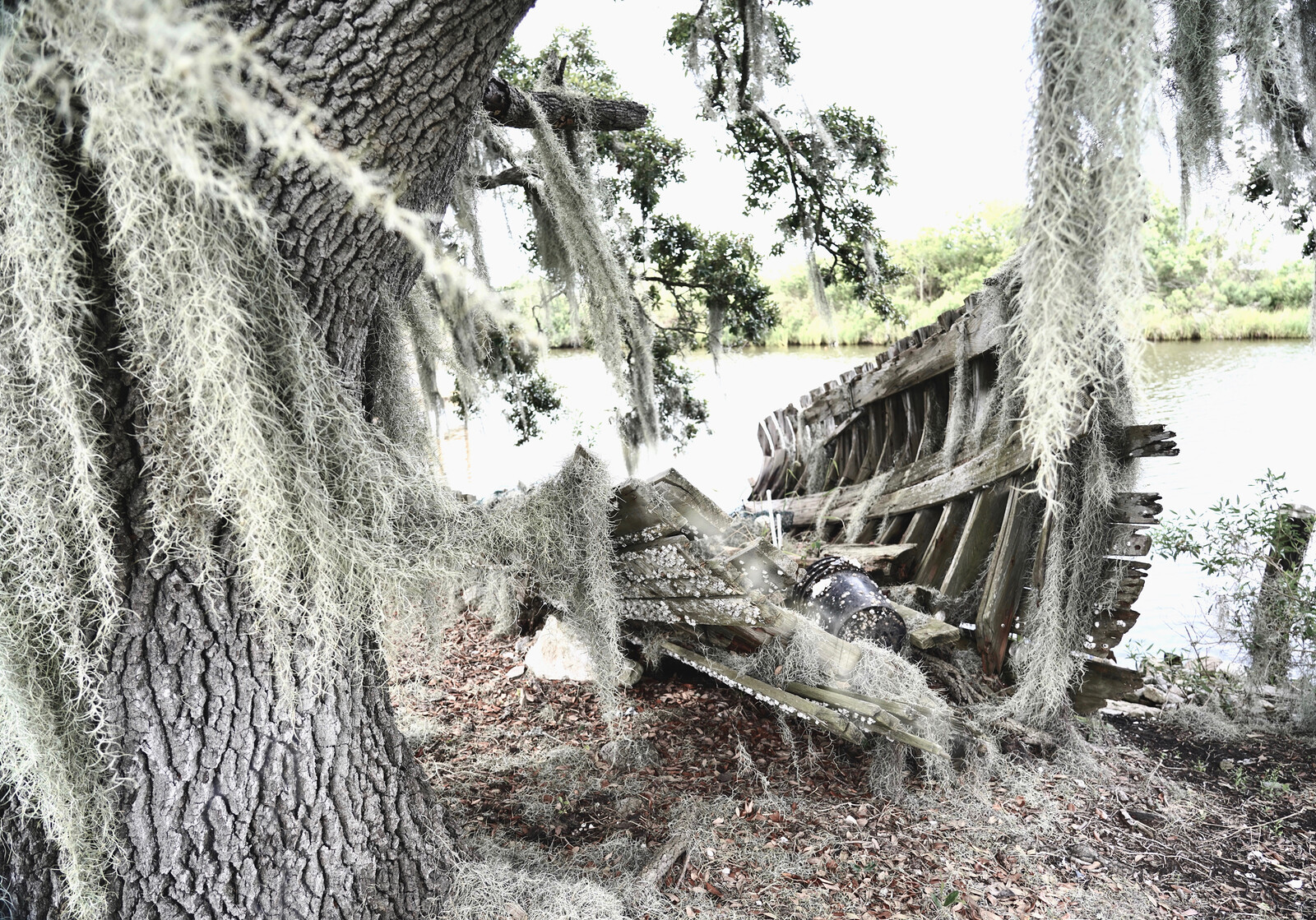

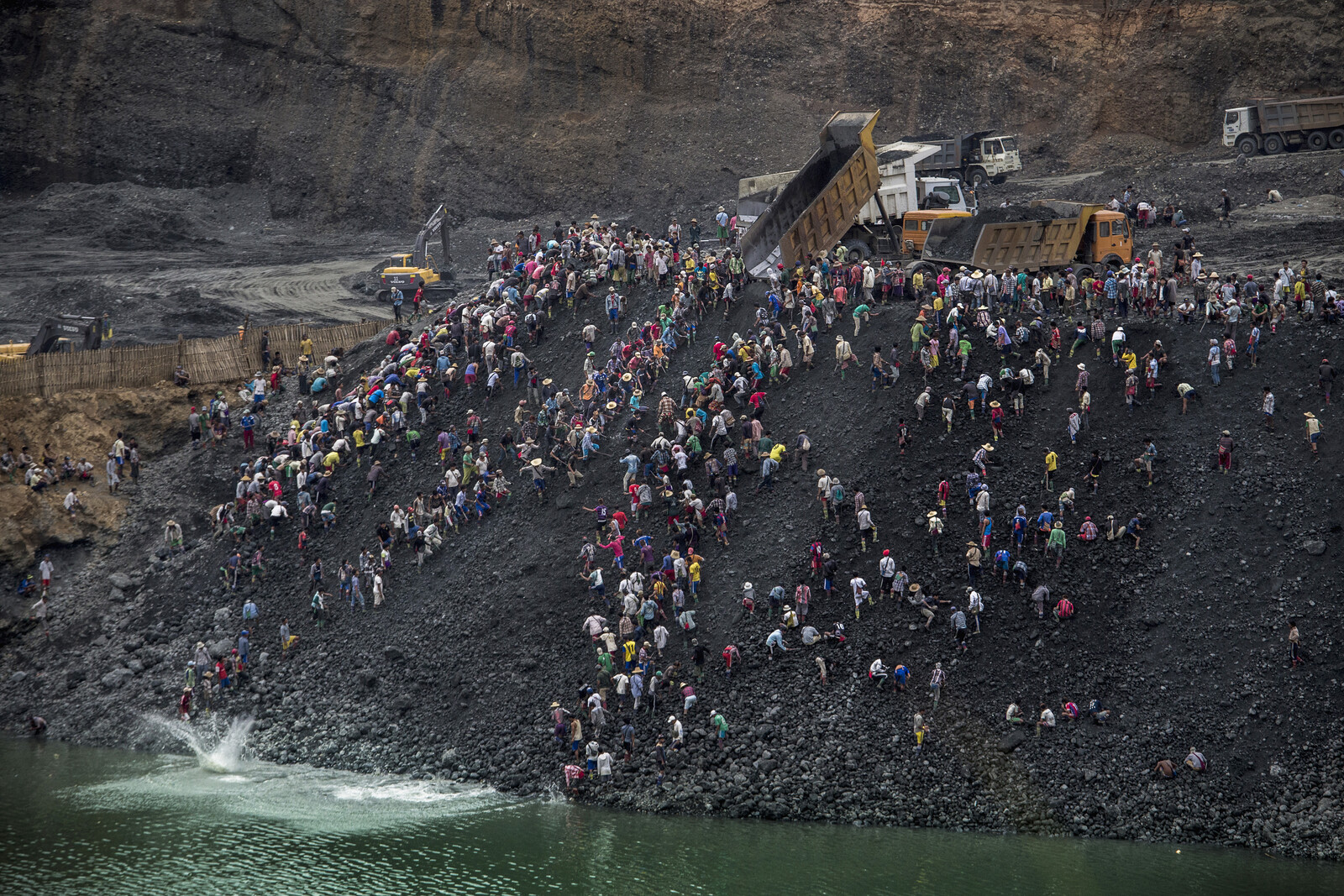


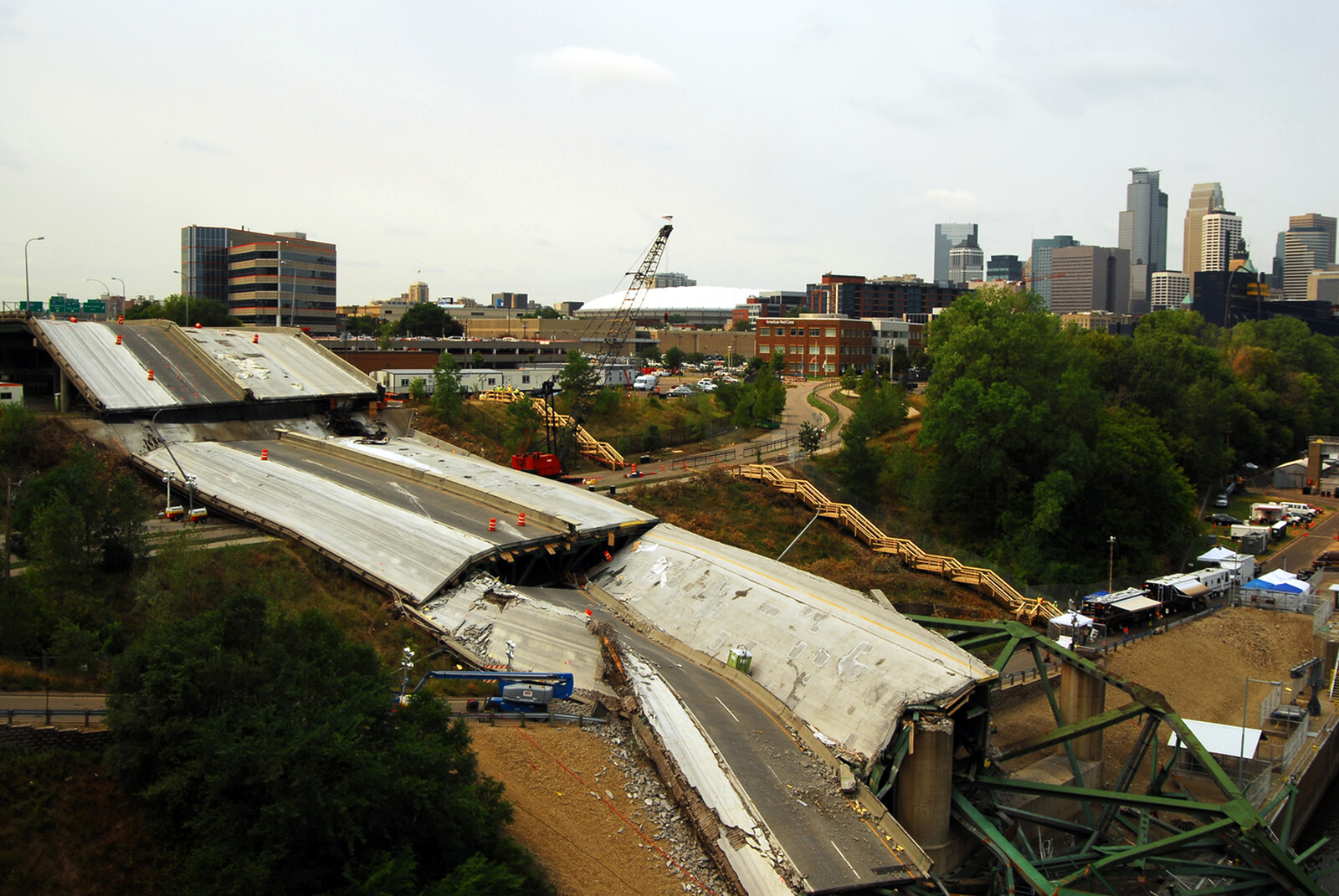
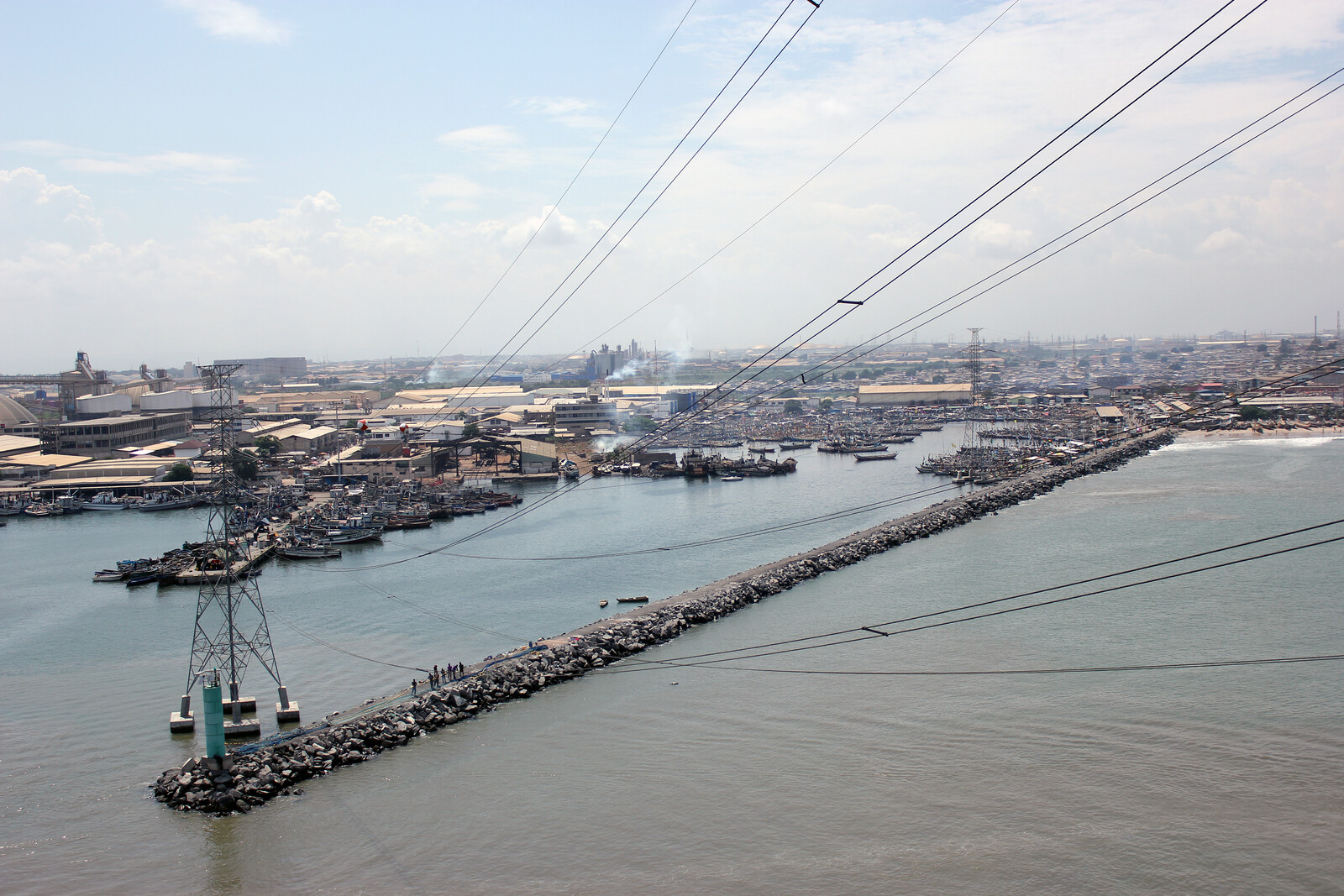
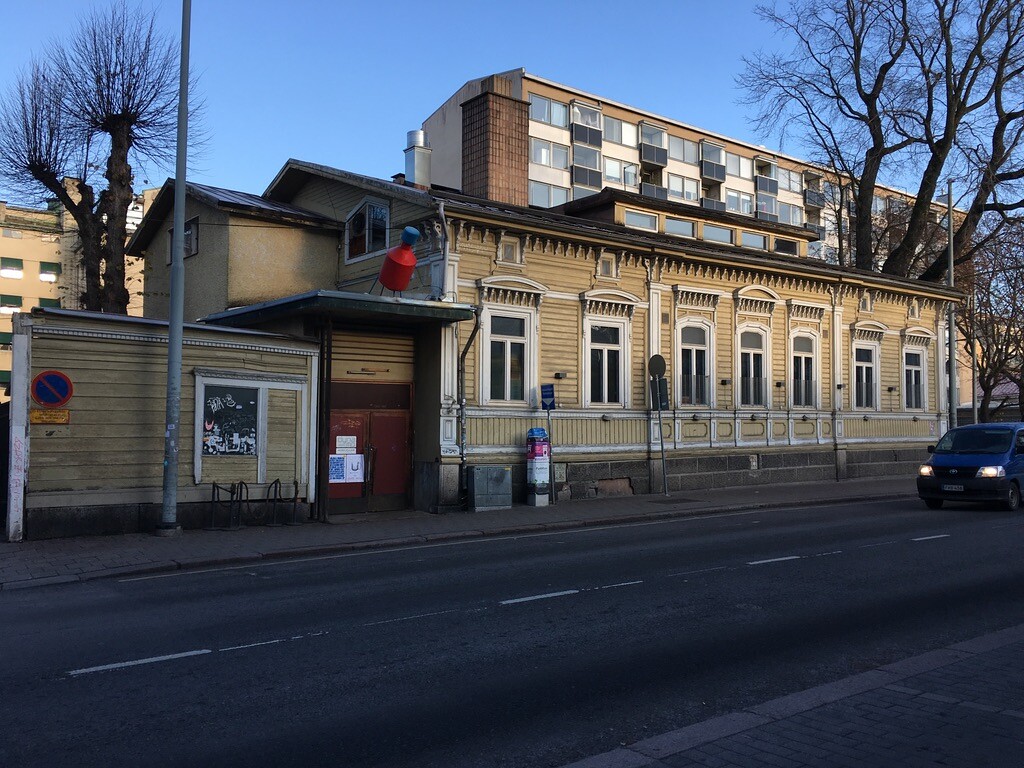


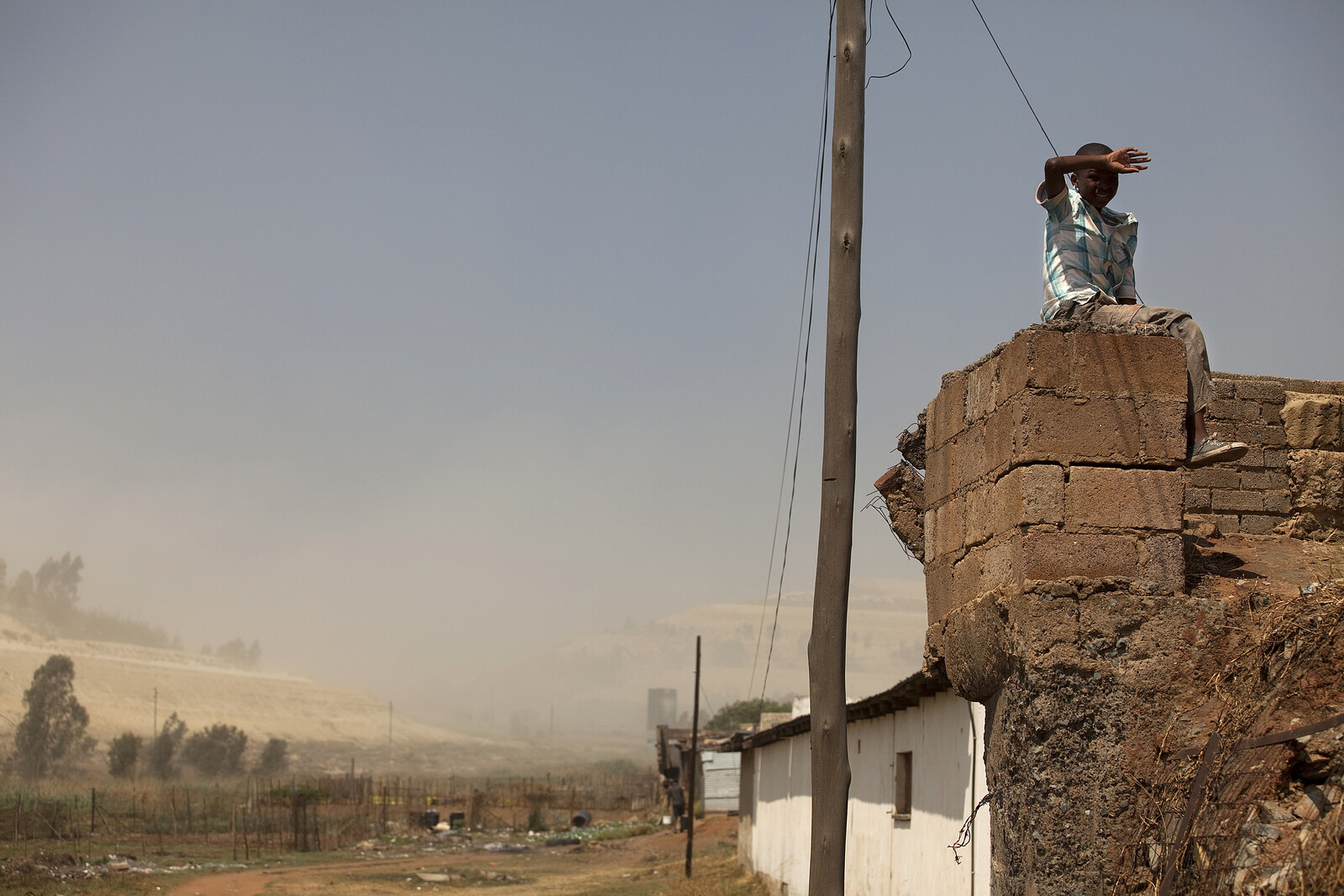

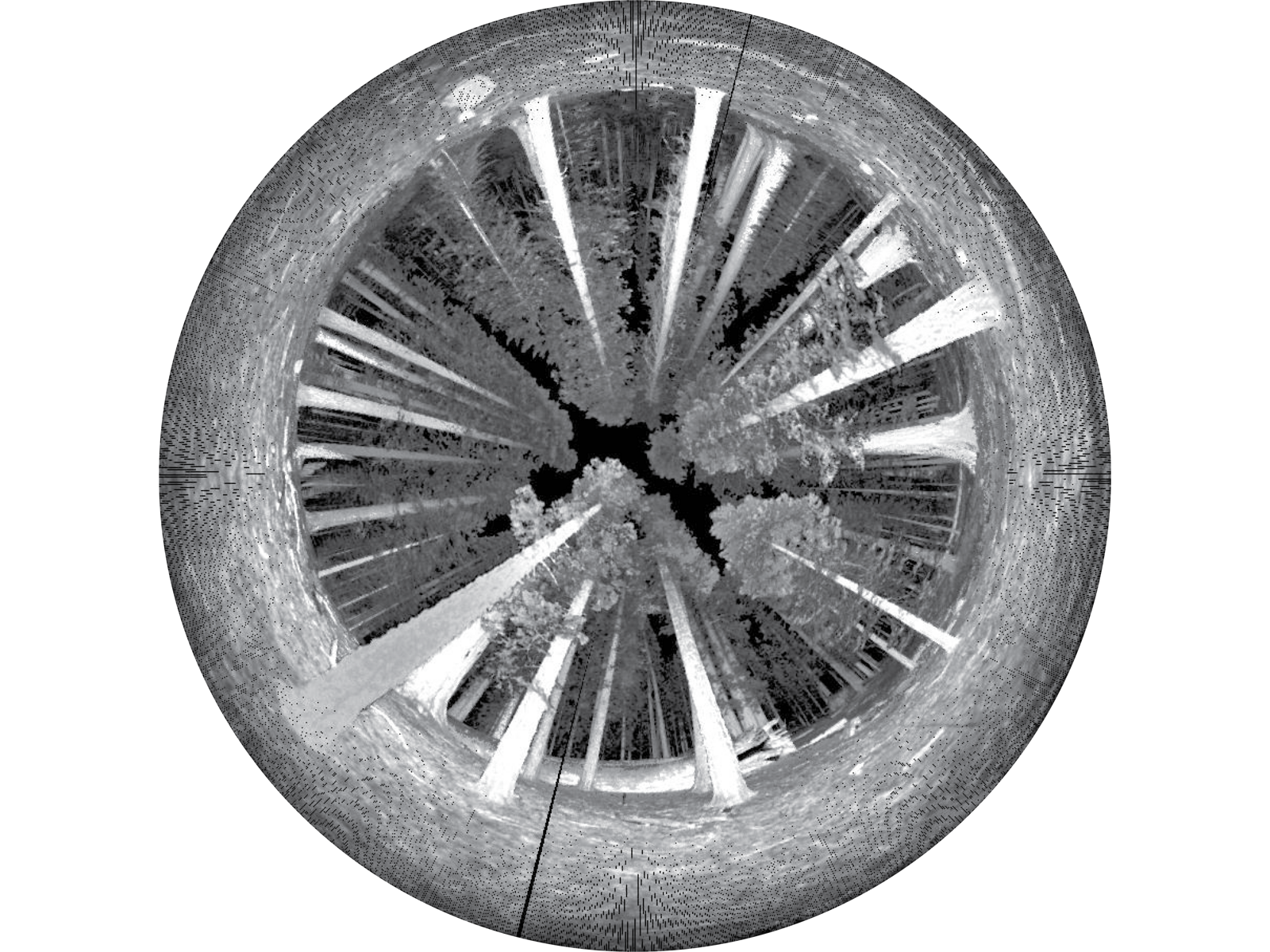

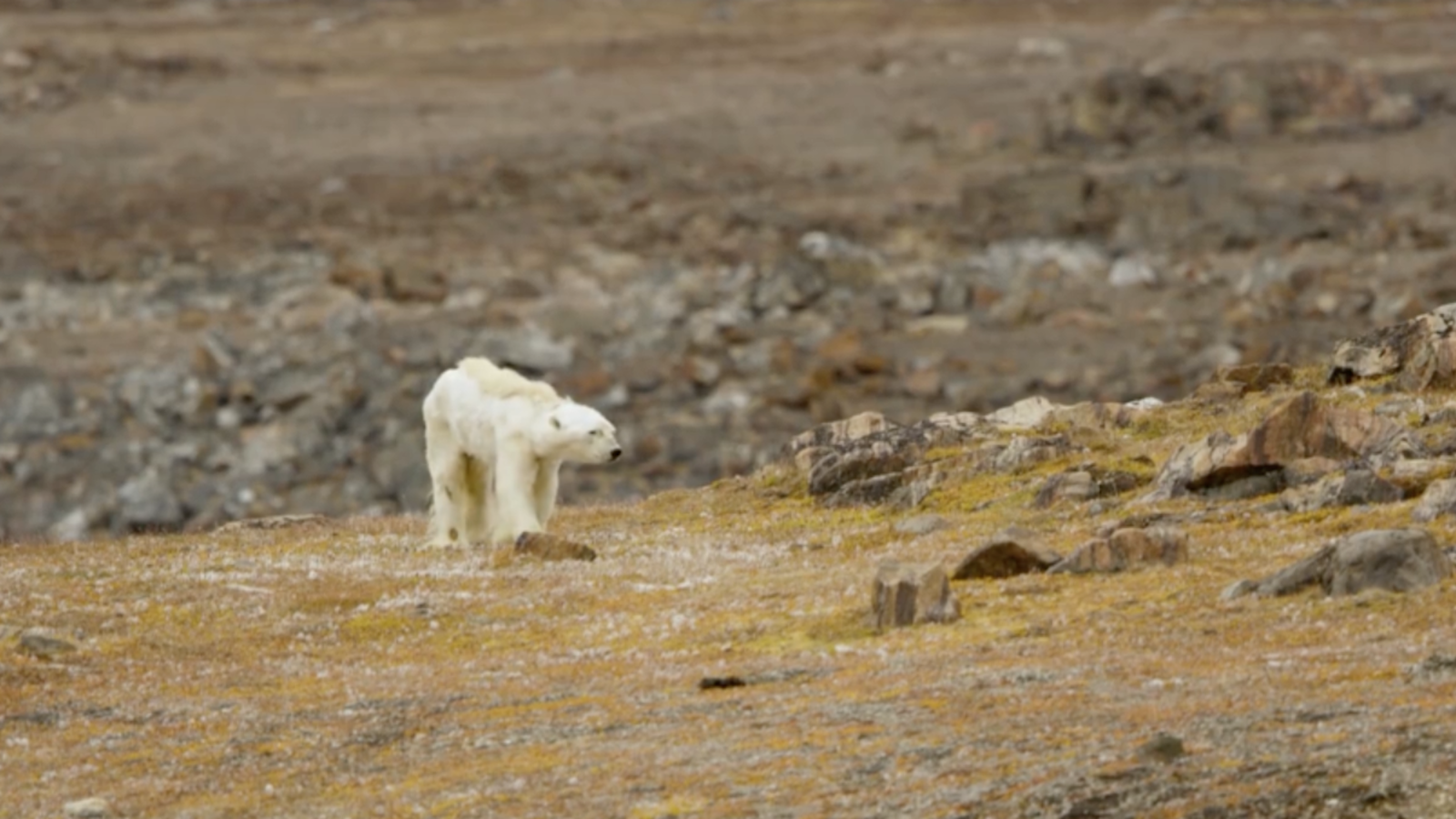


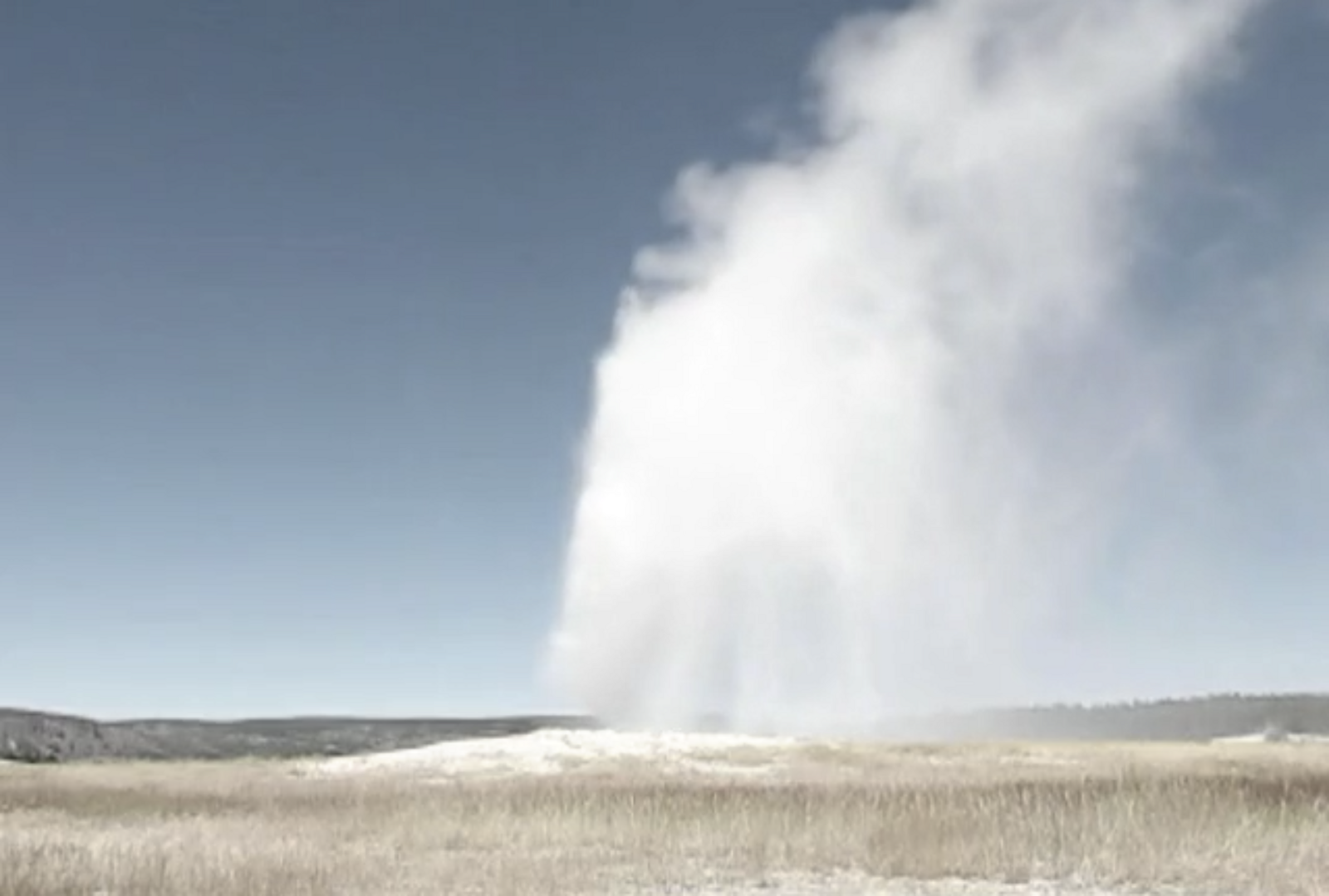

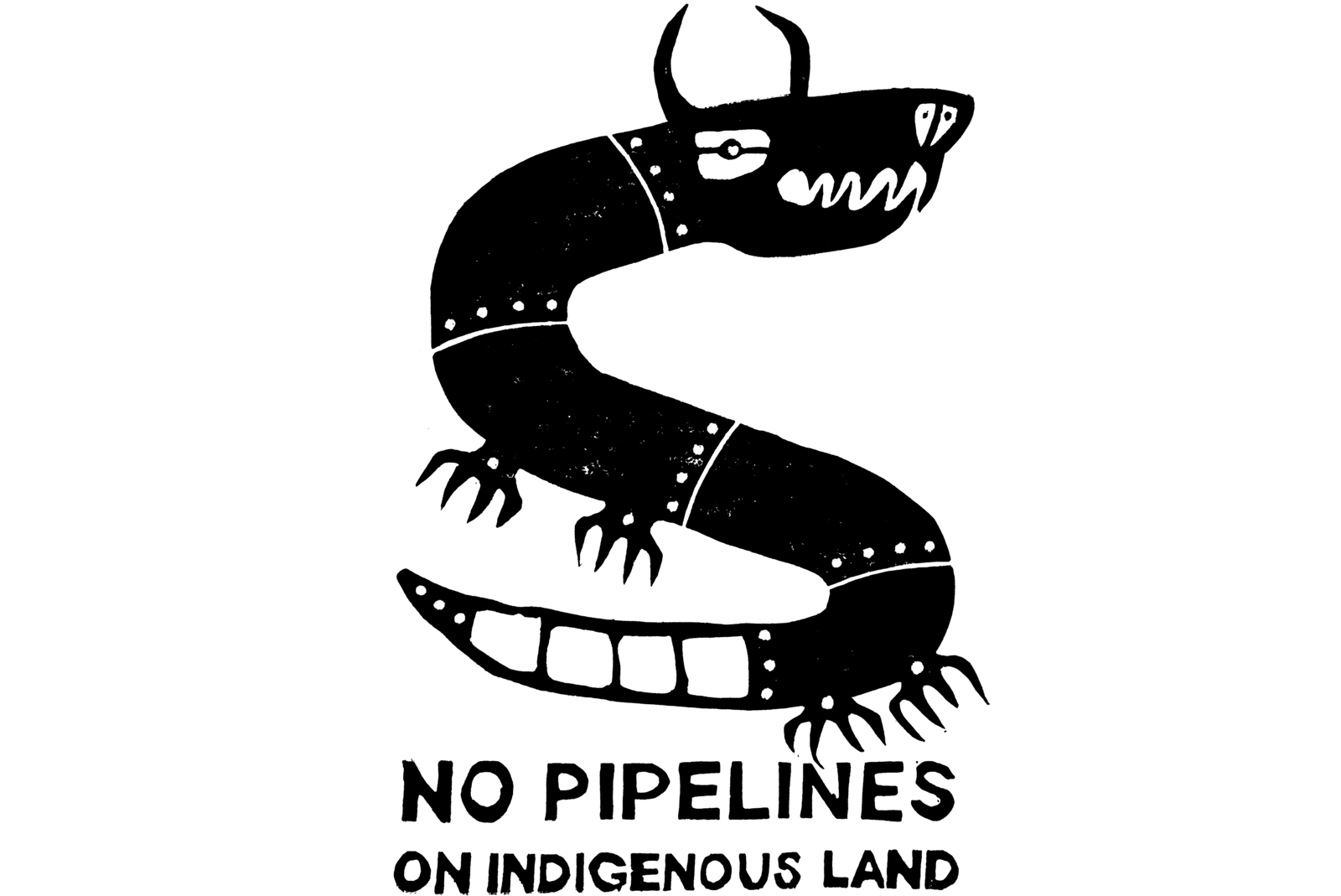
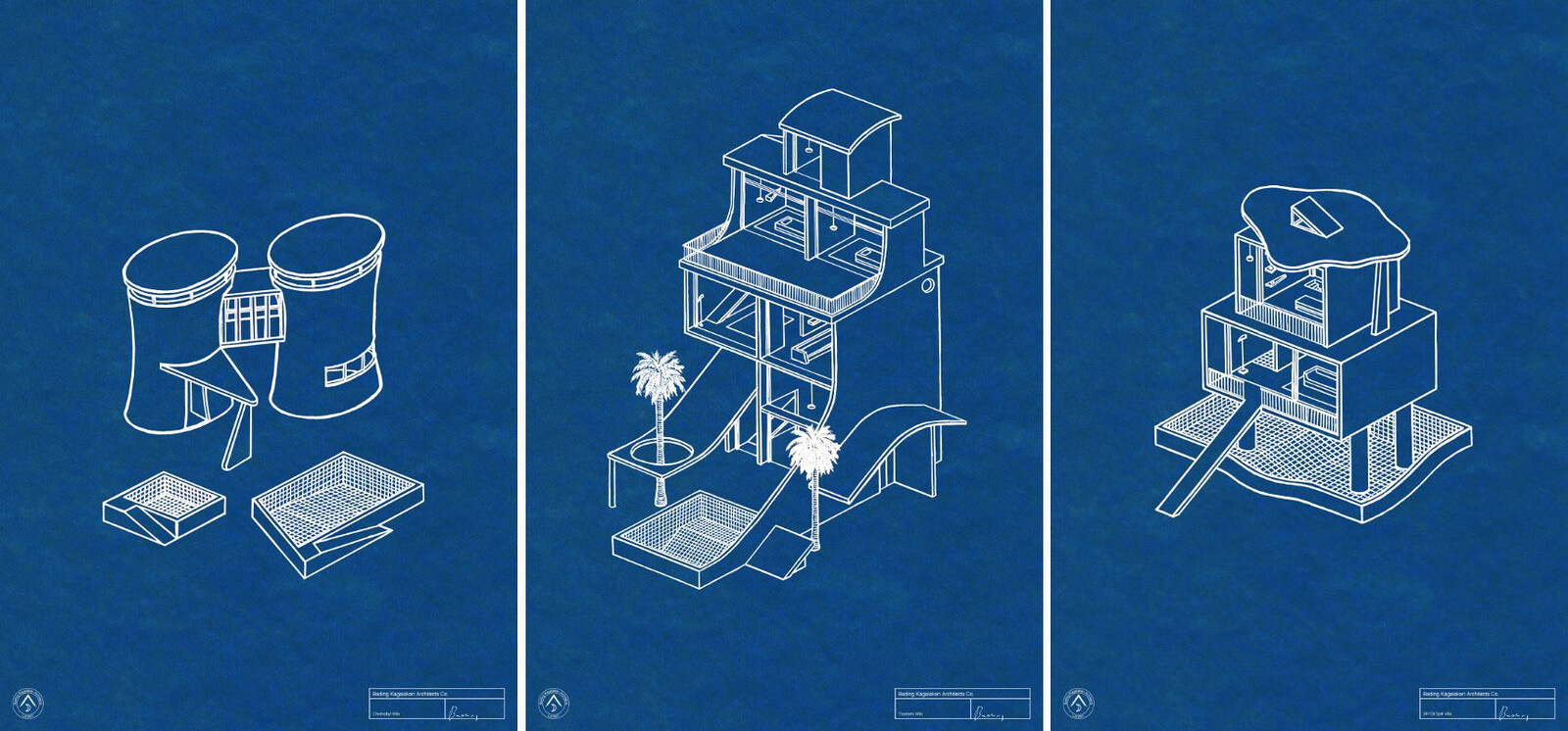
.png,1600)
